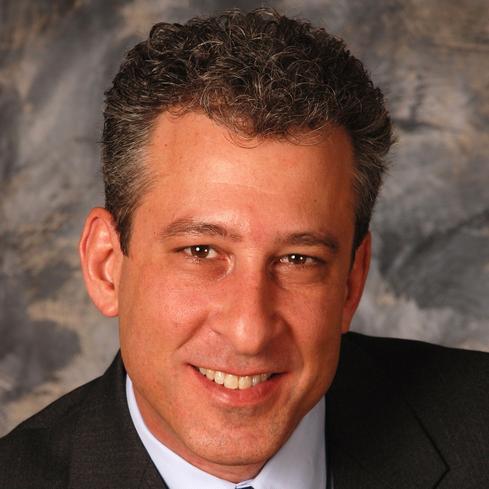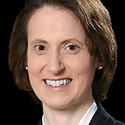12:00 PM
Finding 'Technology Alpha' Can Mitigate TCO
Although a new TABB Group model pegs the total technology cost of a front-office seat at $461,222 per year, an expanded version of the model demonstrates the picture might not be as bad as it seems. According to the model’s creator, TABB’s Paul Rowady, cost is only part of the narrative. “The technology spending story is incomplete without considering its impact,” he says. “That’s the other bookend.”
While individual firms can use their proprietary data to determine both bookends, the industry as a whole has lacked public models enabling institutions to compare themselves against each other. This led Rowady, principal and director of data research and analytics at TABB and a 25-year capital markets veteran, to develop analytics that could fill the gap.
Defining “Technology Alpha”
As I discussed here previously (see TCO for Front Office Employees Nearly $500K, TABB Reports), Rowady’s new “total cost of ownership” model adds human capital (compensation and benefits) to traditional TCO, which is non-human capital (hardware, software, and data). Doing so, Rowady argues, more accurately reflects a firm’s total technology costs and, in turn, results in the astounding magnitude of the per-seat front office figure.

Paul Rowady, Tabb Group
Fortunately, there is some good news in the companion report, “FSI Tech Spend Analysis 2014: Introducing T-Alpha.” In this report, Rowady extends the benchmarking model to create an outcomes model. It takes into consideration the “other bookend,” which is revenue per employee (RPE) gained from technology investments.
In a nutshell, Rowady derives an average of all companies in the study, called “Technology Beta” or T-Beta. Firms above T-Beta have “Technology Alpha” (T-Alpha) which equates to competitive advantage. Those below T-Beta are in “technology debt.”
What the model says
To determine T-Beta, Rowady determines RPE at each firm. Then, he subtracts the overall TCO per employee metric (currently $122,100) from RPE. This provides a “technology spread” for each firm. Averaging the tech spreads for the 10 US and European firms in the study supplies a T-Beta of $421,766.
And the result? Of the institutions surveyed, three are solidly in the T-Alpha position (average tech spreads above T-Beta). The remaining seven are in technology debt.
However, as noted in our previous article, some of the available SEC data isn’t granular enough to fine-tune the models. For example, six of the 10 firms in the report include retail banking in their regulatory filings. This means sizable non-capital markets technology costs are included in the data, such as ATM machines, branch banking technology, and the like.
Therefore, Rowady is decidedly against creating a T-Alpha ranking list until the models can be refined. “When we can get to that point, then we’ll have a fairer outcome,” he says.
Calculating your firm’s T-Apha or tech debt
Regardless, firms can calculate where they currently fall along the T-Alpha/tech-debt spectrum by leveraging the TCO per employee metric (be sure to consider the caveats discussed in the TCO for Front Office Employees article) and T-Beta value stated here. “Since T-Beta is a per-employee metric, it’s been normalized across 1.2 million employees in the sample,” Rowady asserts.
Rowady intends to improve modeling accuracy by including data from more firms and doing industry outreach. “We’ll be adding data from 25 to 50 more firms in 2015. Once we’ve significantly improved benchmarks, we plan to develop a T-Alpha ranking.”
Meanwhile, Rowady emphasizes the existing guideposts should be used to focus on improving technology spending, not reducing staff. To help accomplish this, the reports also introduce the concept of “TCO Units.” Just as it sounds, a TCO Unit is a component of a firm’s total technology spending. Specific components are determined by the firm, but each must include both human capital and non-human capital.
The point: Make individual TCO Units more efficient, and benefits will follow. “Look at both the proprietary end and the commoditized end of the technology spectrum,” says Rowady. “Decide what contributes to your value proposition and what does not. Then, as innovations become appropriately mature for your firm, work to streamline proprietary functions and consider moving commoditized units to multi-tenancy formats.”
Anne Rawland Gabriel is a technology writer and marketing communications consultant based in the Minneapolis/St. Paul metro area. Among other projects, she's a regular contributor to UBM Tech's Bank Systems & Technology, Insurance & Technology and Wall Street & Technology ... View Full Bio


















